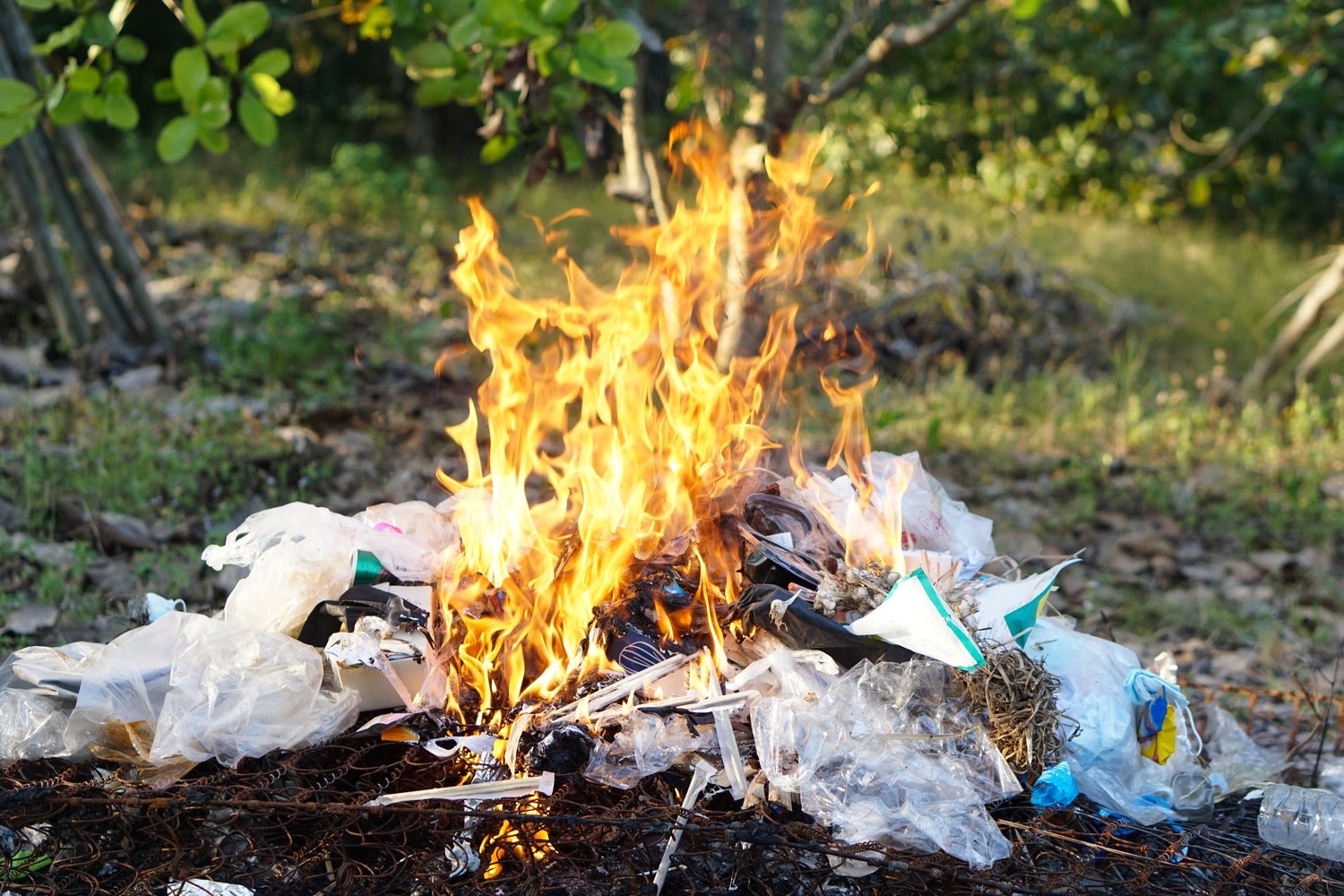Hey team, and welcome back to one5c! Starting off this morning with a confession: I can get overwhelmed by the minutiae of climate news, especially when there are analyses and forecasts and studies hitting our feeds on a daily basis. The trick to not getting lost in the number salad is to remember the big picture. We know the broad strokes of what needs to be done to address the climate crisis (renewable energy, electrified transportation, eating more plants), and that taken together these actions add up. The trend line is what matters, and consistency is key.
At the same time, whenever we can get a little more context around why something’s working (or not working), it’s an opportunity to ensure that line stays on track. Here’s where things are headed this week. —Corinne
WHAT WE’RE INTO THIS WEEK
By Sara Kiley Watson and Corinne Iozzio

Accountability check
Volvo backs away from bold EV promises
The latest automotive company to back down on its hefty EV ambitions? Volvo. Just three years ago, the automaker made the bold promise to completely eliminate internal combustion engines from its lineup by 2030—yup, including hybrids. The reset expectation for 2030 looks less assertive, aiming for more like 90% of its offerings to be EVs or plug-in hybrids. Volvo isn’t the only company to temper their optimism: Mercedes dropped its goal down to 50% earlier this year, and Ford and GM have dampened their expectations as well. This all follows reports of EV demand slowing across the U.S. and Europe, due in part to driver concerns around issues like prices and infrastructure. A new survey from Plug In America and EPRI, though, shows that when hesitant drivers get behind the wheel of an electron-powered ride, they tend to be less worried about battery range, public charging reliability, and price. If you’re ready to try it, too, we’ve got just the guide for you.
Cause for optimism
EU farmers are ready for less meat
One of the tricky elements of moving toward greener plates is figuring out how to change agricultural systems without hurting farmers, especially considering how much government money in the U.S. and the European Union goes toward funding animal agriculture. Farming lobbies across the pond, however, are at least heading in the right direction. As reported by The Guardian, a new report negotiated with farming groups and the European Commission argues for a redesign of current subsidies to center on sustainable farming and reduced taxes on healthy and sustainable food, among other measures. “This is a victory for our farmers, our environment, and our future—if politicians will have the courage and integrity to act on it,” Ariel Brunner of BirdLife Europe said in a release.
Greenwatch
Big Oil’s academic shadow
The fossil-fuel industry has plenty of shifty tactics in its PR playbook, but one of the most pervasive (and potentially damaging) is also one we know little about. For decades, companies have donated millions upon millions to colleges and universities as a means to influence research and up their credibility, according to a paper published in WIREs Climate Change last week. What’s unknown, the authors note, is the full extent of that spending—and influence. Of 14,000 studies looking at outside fingerprints on academic research, the authors found just seven that delve into the impacts of the fossil-fuel industry, despite its receiving “substantial material and reputational benefits” from its academic relationships. Universities are also generally mum on their funding ties, reports Floodlight.
Good read
Leaders of the planetary pack
Doing something about the climate crisis can mean a whole bunch of things: providing accessible information about our planet, creating products that last and don’t pollute ecosystems, supporting a sustainable food system, and of course getting involved in policy. This year’s Grist 50—the publication’s annual roundup of the nation’s top climate-solutions innovators—hits all the big topics. Each of their stories is worth knowing, but here are a couple of our faves: World-builder Alisa Petrosova helps adapt climate realities to fictional universes, and Oscar Londoño advocates for immigrant workers facing extreme heat in Miami. If you’re feeling burnt out by bad news, this is a must read for a healthy dose of real-world inspiration.
MIC-DROP CLIMATE STAT
4 degrees
How much you can raise your thermostat with a fan running—with zero impact on your comfort. Check out our guide to old-school hot day staples for folks whose AC bills are on the climb.
Study guide
The plastic crisis has one hot complication
By Sara Kiley Watson

Plastic is everywhere, and that’s no secret. It’s in our packaging, furniture, and clothing, and tiny microplastic particles wind up in our blood and breast milk. Every piece of plastic that’s ever been made still exists—in one form or another. What’s worse: How we handle all that waste can create a whole new set of problems.
Plastic waste generally falls into two buckets: Let’s call them managed and unmanaged. When we think of unmanaged plastic waste, we often conjure images of bottle caps bobbing in the ocean or rafts of plastic bags floating through rivers, but that’s not the most accurate picture. New research published in the journal Nature delves into what really happens to plastic when there’s literally nobody there to collect it.
According to the analysis, 57% of the plastic waste that enters the environment isn’t littered or plopped into the ocean—it gets burned. This isn’t because of irresponsible behavior, says Ed Cook, study author and research fellow in circular economy systems for waste plastics at the University of Leeds, but from a lack of proper waste management systems. Some 1.2 billion people (around 15% of the global population) live day to day without access to collection services at all. “If somebody doesn’t collect the waste from your house, what would you do with it?” he says. “There are limited options.”
‘Good’ burning vs. bad burning
But before we get into how much of a problem unregulated plastic burning is, it’s essential to know that we incinerate garbage all the time. In the U.S., about 19% of our plastic waste goes up in flames, in China that number’s around 24%, and it’s 38% in Europe. (We end up with around 49% of plastic waste landfilled, and a mere 9% recycled.) Burning plastic in an incineration facility is a mixed bag. High, consistent temperatures allow us to recover energy from waste and decrease the amount of junk that ends up in landfills. And most incineration facilities have some sort of pollution control, Cook notes. But at the same time, these facilities still pollute, the process can be quite expensive, and burning plastic to make energy also generates carbon emissions because plastics are made of fossil fuels.
Then there’s unregulated burning, in which Cook says you’ve got folks literally lighting up trash in their gardens because they have no other option. These blazes lack the temperature control you’d have in incineration facilities, and some parts of the waste will be burned at different rates than the others, which makes for what Cook calls “impartial combustion.” This leads to the release of less-than-healthy substances like polycyclic aromatic hydrocarbons, particulate matter, and microplastics, which can have health impacts ranging from asthma to heart disease.
Breathing all that in is just one part of the problem. “The main route into the human body is through ingestion,” Cook says of how plastics make it into our systems. If you’ve got no choice but to burn your trash, the likelihood that some of the yuckiness from that process will end up landing on food is quite high.
So, what do we do?
Unregulated burning is spread unevenly around the globe. According to the study, the countries with the biggest burns were India, Nigeria, and Indonesia. The researchers also point out that countries in sub-Saharan Africa, where per-capita plastic pollution is generally low, could soon be approaching trouble as waste management struggles to keep up with growing populations.
The thing we can do right now is use less plastic and hold companies accountable to make less single-use junk, but this study underscores other major systemic issues. Plastic waste is a global problem: The Global North’s trash ends up in the Global South via ethically questionable exporting practices, and many of the nations on the receiving end of that waste lack systems to manage their own castoffs, let alone the rest of the world’s.
That’s why international measures like the global plastics treaty, which goes into its final round of negotiations in November, are so important and have to address what plastic pollution really looks like everywhere. “The health risks resulting from plastic pollution affect some of the world’s poorest communities, who are powerless to do anything about it,” Josh Cottom, study author and research fellow in plastics pollution at the University of Leeds, said in a statement. “By improving basic solid waste management, we can both massively reduce plastic pollution and improve the lives of billions.”
